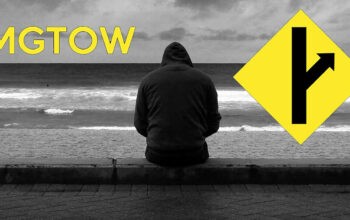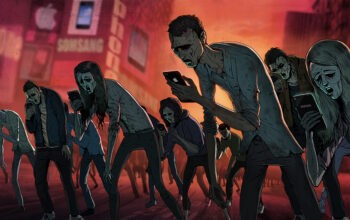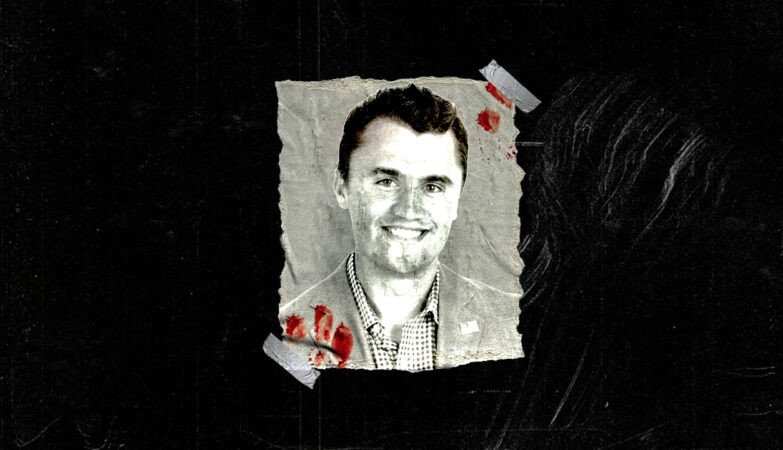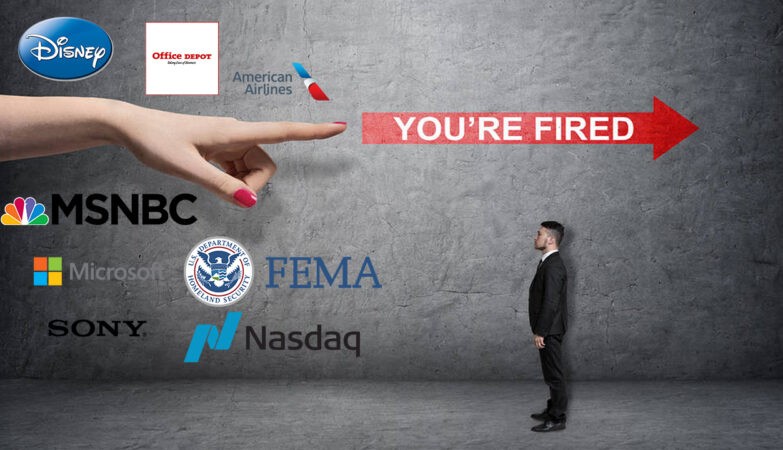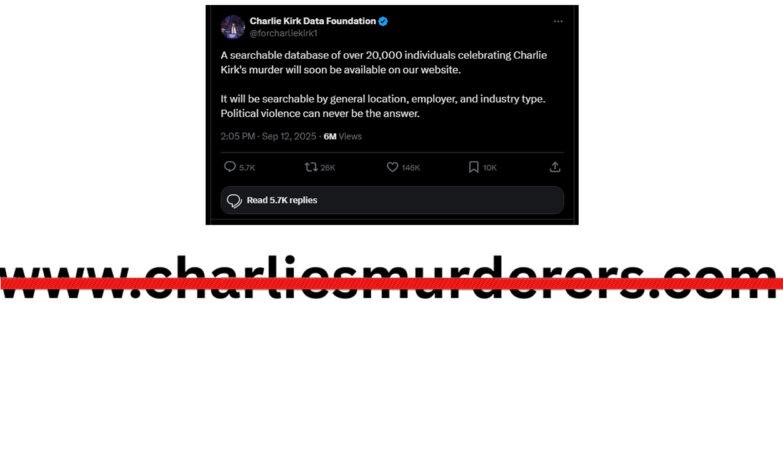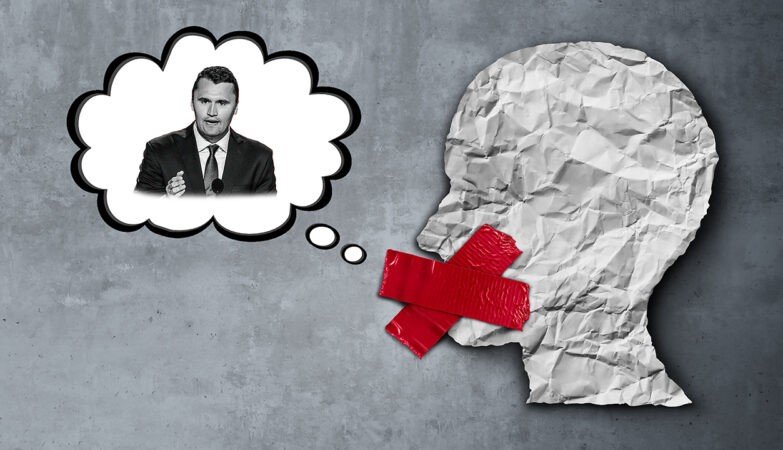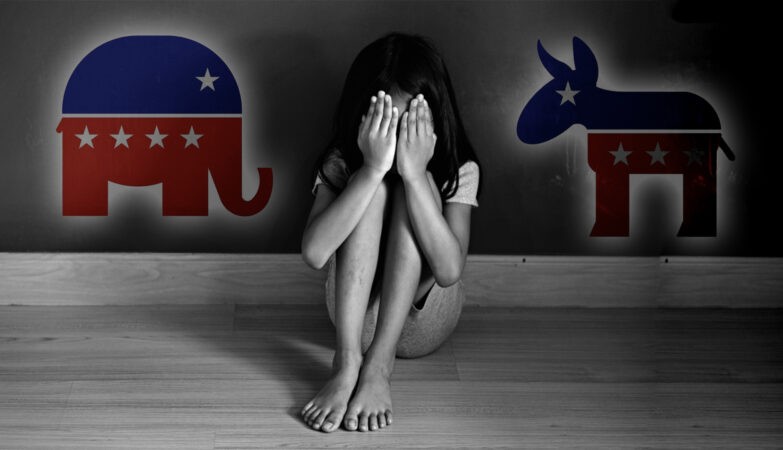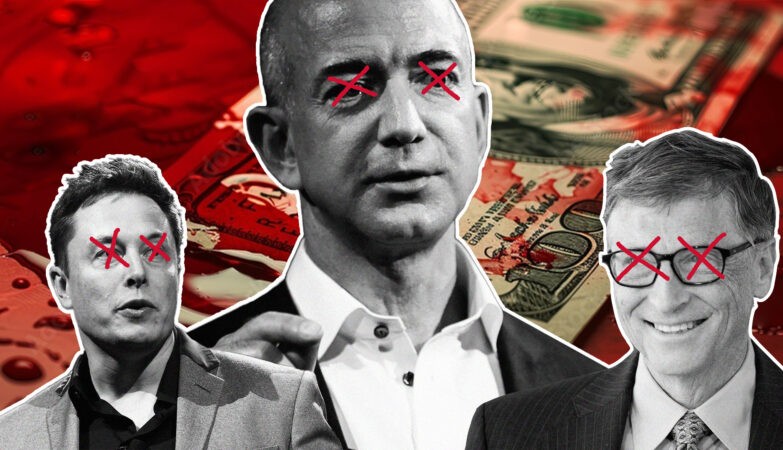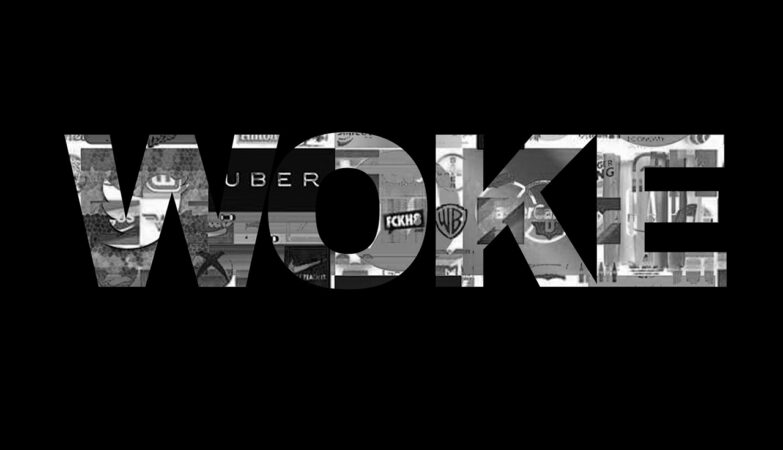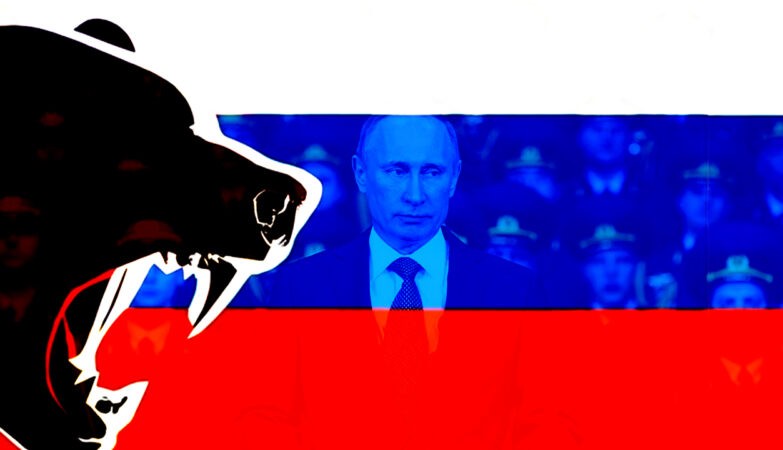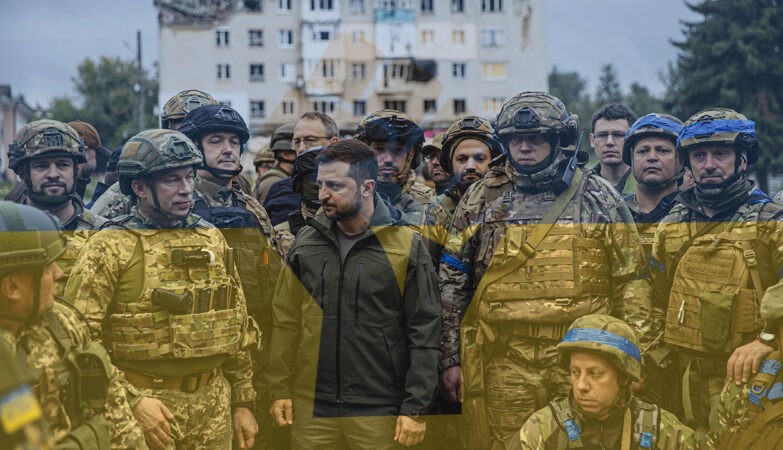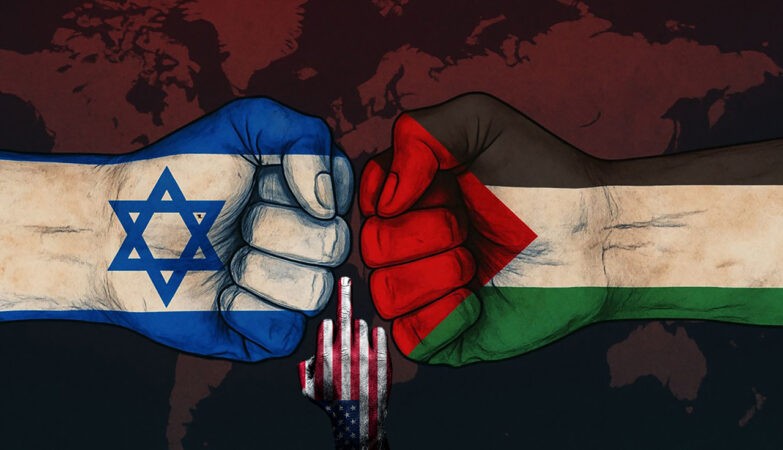Five years ago, the Maidan massacre in Kiev, Ukraine, of Feb. 18-20, 2014, was a watershed event, not only for the politics and history of Ukraine but also for world politics generally. This mass killing in downtown Kyiv set the stage for the violent overthrow of the pro-Russian government in Ukraine and a new Cold War between Washington and Moscow.
Therefore, it is remarkable that nearly eight years after this massacre shook the world, no one has been sentenced for any of the Maidan killings.
This was the best-documented case of mass killing in history, broadcast live on TV and the internet, in the presence of thousands of eyewitnesses. It was filmed by hundreds of journalists from major media in the West, Ukraine, Russia, and many other countries as well as by numerous social media users.
Yet, to this day, no one has been brought to justice for this major and consequential crime.

Jeff J Mitchell/Getty Images
The Ukraine-Russia conflict is now in its most dangerous phase since it began in 2014 after the Western-backed overthrow of the Ukrainian government.
Statements by Russian leaders and the Russian military build-up along Ukraine’s borders suggested that the danger of a significant escalation in the Donbas was real. Ukrainian President Volodymyr Zelensky failed to fulfill his election promise to end the war and resolve the armed conflict in the breakaway eastern region peacefully. Talks between the United States and Russia following Russian government demands of written guarantees to stop NATO expansion and, in particular, reject Ukraine’s membership in the alliance (despite its extreme unlikelihood) have not resolved the standoff.
US President Joe Biden, his top officials, Western media, and some military experts cited US intelligence reports and the Russian military build-up near Ukraine’s borders as evidence of Russian plans to invade Ukraine this winter. Journalists including David Sanger of the New York Times suggested the same.
This was expected to inlcude Russian recognition of independence of the self-proclaimed separatist republics in the Donbas (the Donetsk and Luhansk People’s Republics), an open deployment of Russian troops and advanced weapons in the separatist-controlled region, a seizure of the eastern and southern regions of Ukraine, and missile and air strikes of Ukrainian military targets in the Donbas and other territories.
Russian President Vladimir Putin and other Russian leaders have stated that NATO membership of Ukraine or the building of US and NATO military installations along Russia’s borders are uncrossable red lines. Such statements implied threats to use military force.
One way to solve peacefully the escalating conflicts between Ukraine and Russia, and the civil war in the Donbas, is an international agreement involving Ukraine, Russia, the US, and the European Union. Such an agreement could offer Ukraine a path to membership in the EU, provided it fulfills accession criteria—stability of institutions guaranteeing democracy, the rule of law, human rights—in exchange for agreeing not to seek NATO membership and to resolve the conflict in the Donbas based on the Minsk Protocol.
However, it is clear that such a scenario seems almost impossible to achieve due to the unwillingness to compromise and because of refusal by the EU to even acknowledge Ukraine as a potential member.
Various hawks care little about the potentially disastrous consequences of an escalation of armed hostilities for Ukraine and ordinary Ukrainians. They regard Ukraine only as a tool for geopolitical goals—in particular, the containment of Russia—and they are willing to sacrifice many lives in order to expand Western influence in the region. Of course, we did not expect any direct military involvement by US or NATO forces, because such intervention could easily result in a nuclear war.
Western and Russian leaders and their media expressed deeply conflicting views concerning the escalating conflict in Ukraine and its origins. US Secretary of State Antony Blinken and other officials have repeatedly blasted the Kremlin for instigating the crisis along Ukraine’s border in an attempt to carve out a sphere of influence. They argue that after the pro-Russian government of Viktor Yanukovych was ousted by peaceful protesters in 2014—dozens of whom were massacred by government snipers—Russia annexed Crimea and launched a hybrid war with Ukraine in the Donbas with the help of Russian proxies. Moreover, Western officials maintain that Ukraine is a sovereign state which has a right to join NATO. In contrast, Russian leaders insist that the Ukrainian government was overthrown in a fascist putsch, which led to Crimea voluntary joining Russia and to a civil war without Russian military involvement in the Donbas. They say that Ukraine has been under de facto NATO rule since 2014 and regard unrecognized separatist republics in the Donbas as independent.
Various evidence presented in studies authored, which has been echoed by many other Western scholars who research these issues, show that both of these narratives are inaccurate. Indeed, the question of which side carried out the “snipers’ massacre” is central to understanding one of the “bloodiest and most controversial hours of European conflict since the end of the Cold War,” and the main tipping point in the escalating conflict between the West and Russia over Ukraine. According to testimonies by over 100 wounded protesters, several dozen prosecution witnesses, and forensic ballistic and medical examinations by government experts, the massacre of the absolute majority of protesters and police at the Maidan (central square) in Kyiv on February 20, 2014 was perpetrated principally by members of the Maidan opposition, specifically its far-right elements. This event precipitated the violent removal of the corrupt and oligarchic but democratically elected government in Ukraine, touching off a conflict which has since killed more than 13,000 people. Western governments were at least aware of, or de facto backed, the overthrow.
The Hidden Origin of the Conflict

The origin of the Ukraine-Russia conflict, which goes back to the violent overthrow of the pro-Russian Yanukovych government in 2014, is often misrepresented, omitted or even covered up by Western governments and, with some notable exceptions, the mainstream media.
Studies authored analyzing the Maidan massacre trials (ongoing since their start in 2015) and investigations in Ukraine, reveal overwhelming evidence that the Maidan protesters were massacred by snipers positioned within Maidan-controlled buildings and not by government snipers or Berkut (riot) policemen, who have been accused of picking off dozens of demonstrators. Such studies include a peer-reviewed article, a book chapter, and papers and video appendices presented at major academic conferences, including at the recent virtual World Congress of the International Council for Central and East European Studies in Montréal. With some notable exceptions, such evidence was not reported by the Western media, which from the start blamed government snipers and the Berkut police for the massacre of the Maidan protesters on the orders of then President Yanukovych.
Such evidence includes videos, testimonies by more than 100 wounded protesters and several hundred other witnesses, including several dozen prosecution and defense witnesses at the Maidan massacre trial and investigation, and forensic ballistic and medical examinations by government experts.
Synchronized videos show that specific times and directions of shooting of the absolute majority of the protesters did not coincide with the specific times and the approximate directions of live ammunition fire by the special Berkut police unit. Three protesters were killed and ten wounded even before this unit appeared in the Maidan. Synchronized video footage also show that the killings of the protesters practically stopped after the government sniper units were deployed to the regime-controlled areas near the epicentre of the protest. The videos alone prove beyond any doubt that Berkut and government snipers did not massacre the Maidan protesters.
Dozens of members and commanders of government sniper units testified as prosecution witnesses at the Maidan massacre trial that they were ordered to locate and neutralize snipers who killed and wounded the Berkut policemen. They also testified that they came under fire by snipers from Maidan-controlled buildings and areas. Even the official investigation determined that Yanukovych government snipers did not massacre the Maidan protesters. It recently charged an Omega special forces unit sniper with killing one protester. But videos, photos and forensic examinations by government experts, and trial testimonies of two protesters (both of whom were next to him) revealed that he was shot in the back from a steep direction by a corroded bullet from a Maidan-controlled building when he faced the government positions.
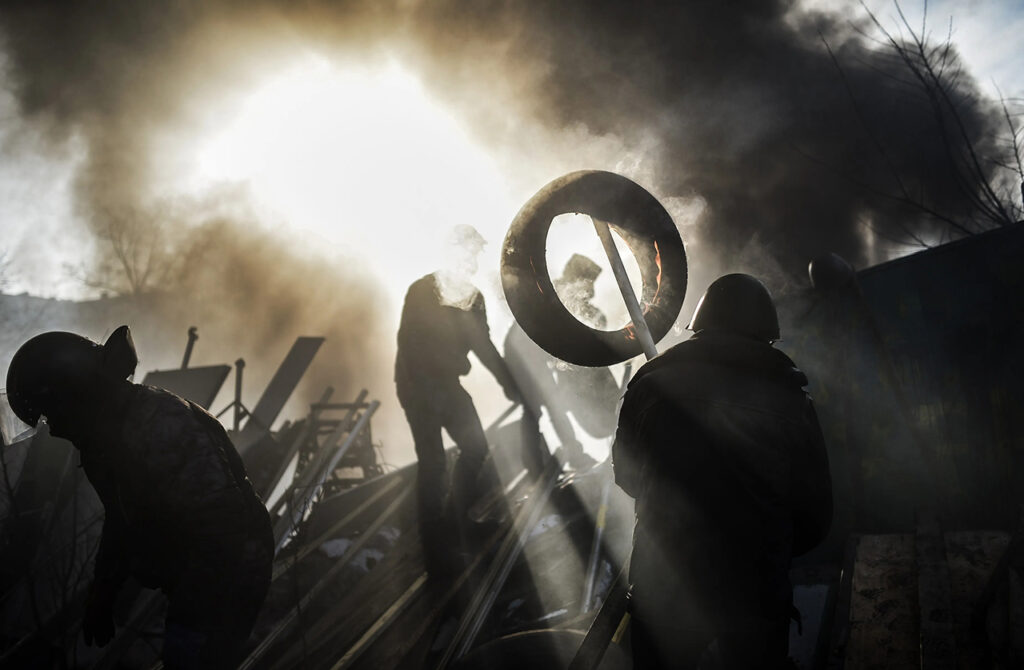
AFP Photo/Bulent Kilic
Videos released by the BBC, Ukraine’s ICTV, and various other footage, including unbroadcasted segments of the most famous video of the Maidan massacre by Belgium’s public-service broadcaster VRT, showed snipers in the Maidan-controlled buildings shooting the protesters and the police and dozens of the protesters and journalists pointing out snipers there. The government investigation revealed that a sniper, who was filmed shooting at the BBC crew, and at protesters in the BBC and ICTV videos, did this from a Hotel Ukraina room in which one of the leaders of far-right Svoboda party then lived.
The absolute majority of wounded Maidan protesters testified at the Maidan massacre trial and investigation that they were shot by snipers from Maidan-controlled buildings or witnessed such snipers there. Even the official investigation determined, based on their testimonies and investigative experiments, that almost half of the wounded protesters were shot from sectors other than government positions and did not charge anyone with their shooting.
Forensic medical examinations by government experts tasked with investigating the Maidan massacre determined that the absolute majority of the protesters were shot from the side and back and top to bottom directions when they faced the Berkut police on the ground. This is consistent with their shooting from Maidan-controlled buildings. The entry and exit wound locations of three of the killed Maidan protesters, mapped using a 3D model which was produced by a New York architecture company for the Maidan victims’ lawyers and was heralded by the New York Times, do not match the wound locations in the forensic medical examinations by government experts. Consequently, they could not have been shot from the government-held positions. Further wound and bullet hole locations in shields and helmets point to shooting from the Maidan-controlled buildings.
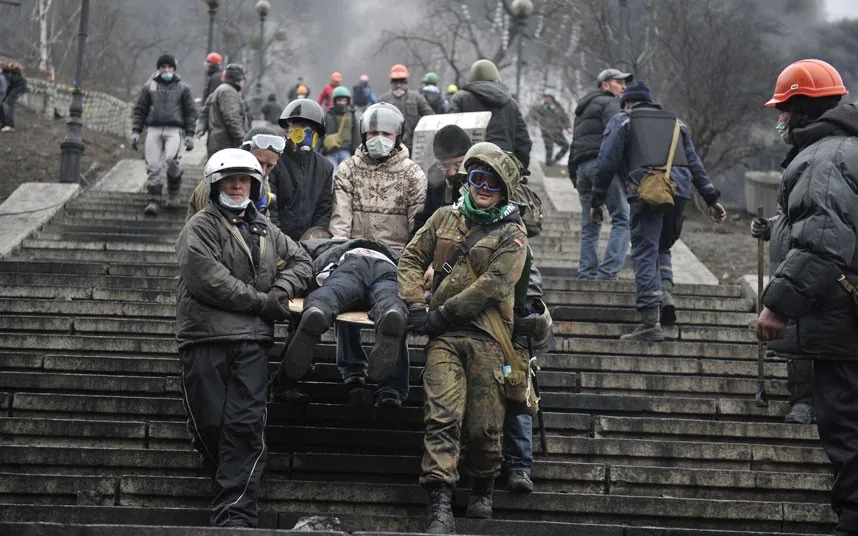
Louisa Gouliamaki/AFP/Getty Images
Forensic examinations by government ballistic experts determined in about a dozen cases that the protesters were shot from the Maidan-controlled structures, including the Hotel Ukraina. It is revealing that the prosecution failed for almost eight years after the massacre to use ballistic experts to determine the locations of the shooters in the absolute majority of cases even after the Maidan massacre trial ordered this to be completed. A forensic ballistic examination conducted by government experts using an automated computer system found that bullets from killed protesters did not match bullet samples from the police database of Berkut Kalashnikov assault rifles.
No evidence of any order by Yanukovych or his ministers and commanders to fire upon the Maidan protesters has been revealed by the investigation or the media. Not a single member of his government, police or security forces, admitted involvement in the massacre or revealed any evidence that the protesters were shot by the government forces or, specifically, on a government order.
In contrast, there is evidence of the involvement of Maidan leaders, the far-right, and foreign snipers in the massacre of the police and the protesters. Several Maidan leaders and activists provided testimonies, while 14 self-admitted members of the Maidan sniper units admitted in media interviews and to the Maidan massacre trial that they themselves or other Maidan snipers shot at the police and protesters.
Several former members of the Georgian military testified that they and other groups of Maidan snipers in the Hotel Ukraina and the Music Conservatory were ordered by specific Maidan leaders and ex-Georgian leaders to fire on police and protesters and that they witnessed the massacre. What’s more, a retired Georgian officer also claimed that Georgian snipers linked to Mikheil Saakashvili, ex-president of Georgia, and senior members of his party and the government were involved in the Maidan massacre. The prosecution and the Maidan victims’ lawyers claimed that these Georgians were “actors” even though their identities are confirmed by various evidence, such as documents by the Ukrainian, Armenian, Belarusian, and Georgian authorities (a video testimony of one of them was recently admitted as evidence and shown at the Maidan massacre trial).
Two leaders of the far-right Svoboda party also stated in separate interviews that a Western government representative told them and other Maidan leaders a few weeks before the massacre that Western governments would stop recognizing Yanukovych after casualties among protesters reached 100. Such specific conditionality created incentives to “sacrifice” protesters and attribute their killing to government forces. The slain protesters were called the “heavenly hundred” even after the official investigation confirmed that 49 protesters died on that day. Immediately after the massacre, Western governments blamed the Yanukovych government and his forces for the mass killing and recognized the new Maidan government.
The investigation by the Ukrainian government denies that there were any snipers in Maidan-controlled buildings despite overwhelming evidence that they perpetrated a mass killing of protesters and police on February 20, 2014. It is striking that almost eight years after the massacre, which was verified by videos, testimonies, witnesses, and forensic ballistic and medical examinations by government experts, nobody has been arrested or convicted. Without understanding the Maidan massacre and bringing to justice its perpetrators, it is impossible to understand and resolve peacefully the internal and international conflicts involving Ukraine and the dangerously escalating war in the Donbas.
Only One Gunman Has Been Definitively Identified So Far
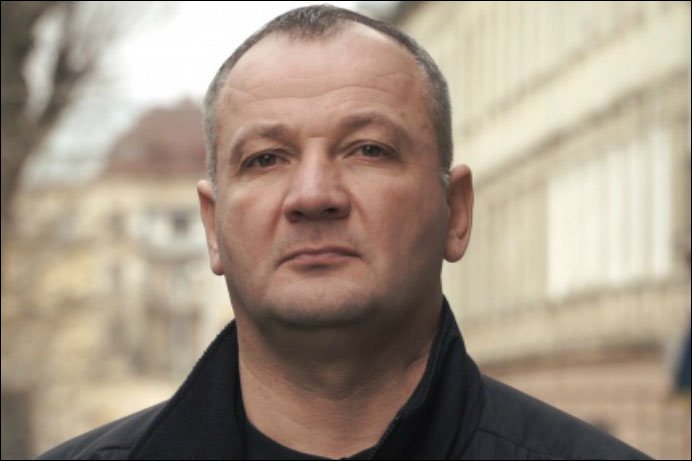
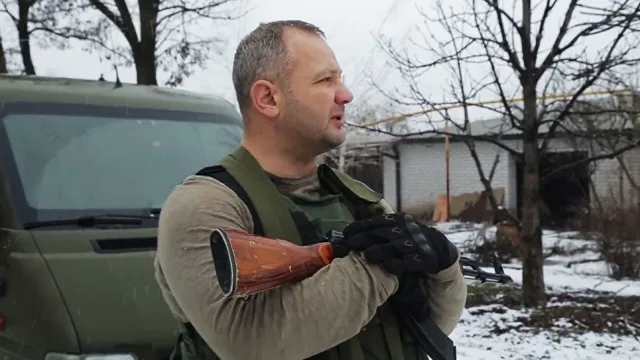
The only known gunman so far is Maidan militant Ivan Bubenchik, who admitted in interviews in 2015 and 2016 that on the morning of February 20 he shot two Berkut commanders from the music conservatory with a Kalashnikov assault rifle and wounded many other police officers. (Maidan: “I shot them in the neck”) Due to a general amnesty for Maidan fighters, however, he will not be prosecuted. Bubenchik now commands the Zakhid-2 battalion, formed from members of the Right Sector.
“The GPU has highly qualified investigators and resources to identify the organizers of the Maidan massacre and the ‘snipers’ who killed protesters and police officers,” Katchanovski told Telepolis. But it is unlikely that the public prosecutor’s office will conduct a real investigation under a Maidan government, which would always block such investigations.
“CIA Fingerprints” All Over Kiev Massacre – Oliver Stone
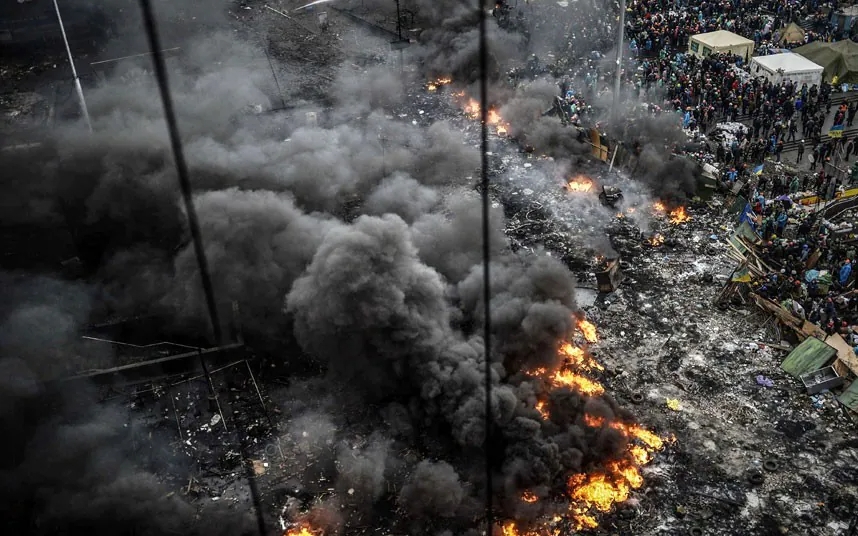
Bulent Kilic/AFP/Getty Images
The armed coup in Kiev was painfully similar to CIA operations to oust unwanted foreign leaders in Iran, Chile and Venezuela, said US filmmaker Oliver Stone after interviewing Ukraine’s ousted president for a documentary.
Stone spent four hours in Moscow talking to Viktor Yanukovich, who was deposed from power in the February 2014 coup, the filmmaker wrote on his Facebook page.
“Details to follow in the documentary, but it seems clear that the so-called ‘shooters’ who killed 14 policemen, wounded some 85, and killed 45 protesting civilians, were outside third-party agitators,” he said. “Many witnesses, including Yanukovych and police officials, believe these foreign elements were introduced by pro-Western factions – with CIA fingerprints on it.”
The filmmaker added that the events in Kiev, which led to the collapse of the Ukrainian government and imposition of a new one hostile towards Russia, were similar to those in other countries, which he called “America’s soft power technique called ‘Regime Change 101.’”
Historically those were CIA-perpetrated coups against Iranian Prime Minister Mohammad Mosaddegh in 1953 and Chilean President Salvador Allende in 1973 – both leaders with policies undesired by Washington or its allies.
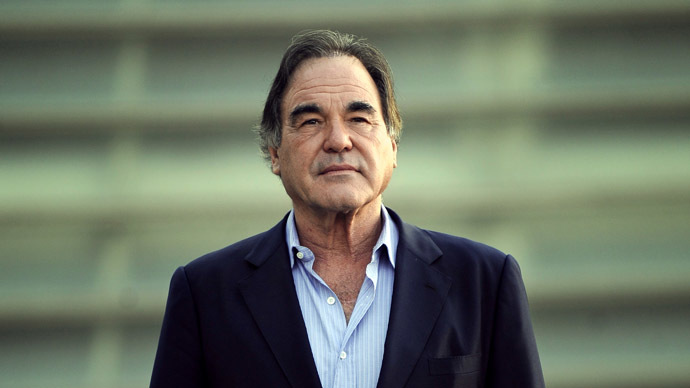
AFP Photo/Rafa Rivas
Oliver Stone stated what everybody with common sense already knew, but our hats off to him for having the gall to stand up and state the obvious or the un-obvious, depending on which side of the common sense template you happen to be sitting on. There is an interesting video at the end of the article; that reveals a lot of discrepancies with the official story, and the next story provides pretty convincing evidence that the snipers could have been hired hit men. The number of individuals, organizations, publications, etc. pointing fingers at the USA was quite stunning, to say the least; it subtly revealed that a long-term trend change was/is in place.
- https://johnmenadue.com/ivan-katchanovski-the-hidden-origin-of-the-escalating-ukraine-russian-conflict-the-maidan-massacre/
- https://jordanrussiacenter.org/news/the-maidan-massacre-in-ukraine-revelations-from-trials-and-investigation/
- https://ivan-katchanovski.blogspot.com/
- https://www.heise.de/tp/features/Woher-kamen-die-Todesschuesse-3630949.html
- https://thewashingtonstandard.com/documents-reveal-us-spent-22-million-promoting-anti-russia-narrative-in-ukraine-abroad/
- https://consortiumnews.com/2019/04/22/the-buried-maidan-massacre-and-its-misrepresentation-by-the-west/
- https://web.archive.org/web/20150109100813/https://www.rt.com/news/218899-stone-kiev-massacre-cia/
- https://web.archive.org/web/20141129005949/https://worldtruth.tv/kiev-snipers-hired-by-maidan-leaders/
- https://web.archive.org/web/20170923205752/https://www.facebook.com/TheOliverStone/posts/901387646552202
- https://web.archive.org/web/20220218182528/https://www.rt.com/news/231775-bbc-maidan-shooting-started/
- https://imgur.com/a/Ta46C
- https://www.youtube.com/watch?v=tcTnqDiuG7w
- https://www.youtube.com/watch?v=IWzI9V3WSnc
- https://www.youtube.com/watch?v=kI-J_ENr4aY
- Was the Shooting of Charlie Kirk a False Flag Operation? - September 30, 2025
- MGTOW Is Ruining Young Men’s Lives - September 28, 2025
- The Mental Health Crisis Is In Response to a Sick Society - September 28, 2025



